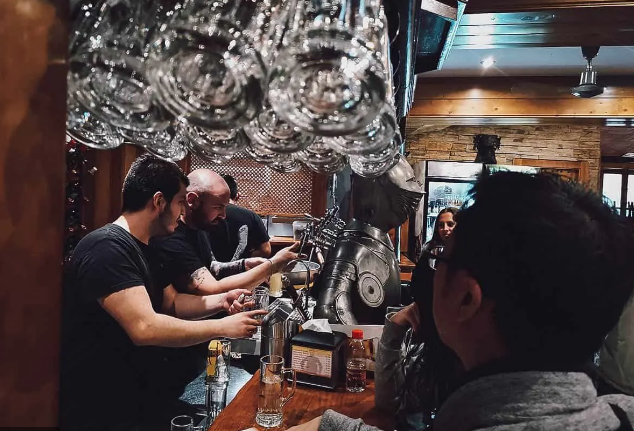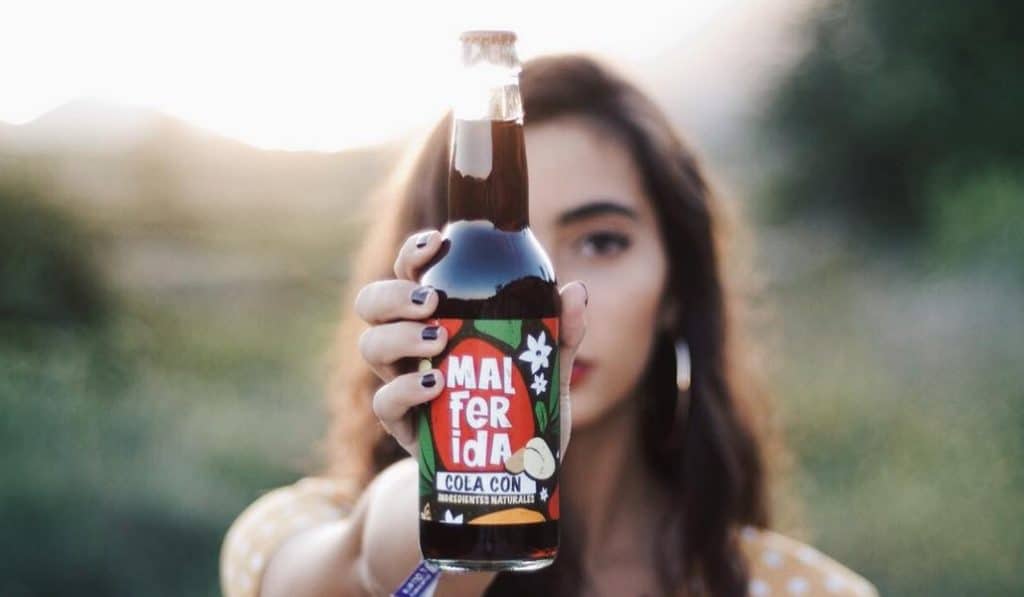Readers from northern Europe – especially the UK, where a guide to queuing etiquette runs to as many volumes as the Oxford English dictionary – will be all at sea with the Spanish approach. Luckily, our resident cultural attaché Tash Aleksy is here to guide you through these choppy waters…
A sponsored story by Tash Aleksy of Spanglish City (6-minute read)
I feel I need to be fair here. The concept of queueing seems to have garnered a greater following over recent years in this part of the world. Ten years ago, the simple task of getting some delicatessen manchego might have resembled a mosh pit full of metalheads realising they’re at a Taylor Swift concert. A system is evolving, but apparently not everybody got the memo.
If you’ve ever had to get on public transport in Valencia, wanted to get some fresh calamar from the counter at Consum or patiently waited for the bartender to take your order assuming he was keeping check of the order in which his patrons arrived, it’s safe to assume you have experienced somebody try to colarse (push in). Which can be more than annoying if you haven’t got the Spanish to defend yourself.
You’re the first to arrive at the bus stop and see that you only have a couple of minutes to wait. Estupendo, you think. I’ll get to that meeting on time. Wouldn’t it be nice to have the privilege of all these passers-by, going aimlessly about their day. Then it happens. The bus pulls up, and you think you’ve been ambushed by an angry mob, but even more bewildering is the sweet old lady who was on the horizon and showed no signs of approaching fast, is suddenly all elbows and Usain Bolt to make damn sure she doesn’t miss that bus. Nor – God forbid – be the last one on it.
You make it to work (after having to stand on the bus) and carry on with your day. A quick supermarket trip on the way home for some meat or fish from the counter. ALWAYS check to see if you have to coger número (take a numbered ticket from the machine). Not that that really counts for anything. People have a wander while they’re waiting and come back when they feel like it. If there isn’t a physical number system, you’re going to have to flex your ¿(Quién es) el último? And make a mental note of their physical appearance because it’s your job to know who comes before and after you – an unwritten rule that, strangely, seems to work. Spain, like God, moves in mysterious ways.

Time for that tipple. If it’s table service, allow between 2-5 working days (días laborables) for service. If your favourite watering hole requires you to order at the bar, plan your outfit carefully. Fluorescent yellow is likely to do the trick. Make your existence known. Everyone is as desperate as you for una copa, so for somebody to politely decline service because you were there first is as probable as getting some papeleo (paperwork) done the first time round. ¡Cuando puedas! Is the verbal version of the fluorescent yellow T-shirt.
Oh! And if you hear ¡Oye! ¡Te has colado!, then it’s you that’s the problem. But you can always fire that expression back when you’re next on the receiving end… karma can deal with la cola.
- Tash Aleksy runs Spanglish City – this offers online Spanish classes via Zoom in a flexible, pay-as-you-go format. Well-prepared, varied classes in the comfort of your own home. Visit www.spanglishcity.com

Explore the ranked best online casinos of 2025. Compare bonuses, game selections, and trustworthiness of top platforms for secure and rewarding gameplaycasino slot machine.
933875 721253Hi there, just became alert to your blog through Google, and identified that its truly informative. Im gonna watch out for brussels. Ill be grateful in the event you continue this in future. A lot of people will be benefited from your writing. Cheers! 913639
51892 906403Awesome read , Im going to spend much more time researching this topic 598872
hgh frauen
References:
long term side effects of hgh, bookmarkspot.win,
3 iu hgh per day results
References:
hgh anti aging dosierung – 500px.com –
best hgh and testosterone stack
References:
How Much Hgh To Take A Day For Bodybuilding (https://Rentry.Co/9Nui6Wxn)
test and hgh cycle
References:
Was ist hgh bodybuilding – firsturl.de,
hgh 3 iu per day
References:
somatropinne hgh review (googlino.com)
88838 455155Numerous thanks for this particular information I was basically browsing all Search engines to discover it! 435197
540758 719608I adore your wordpress web template, wherever did you download it through? 434651